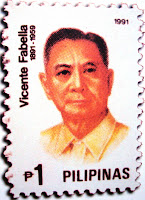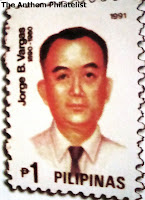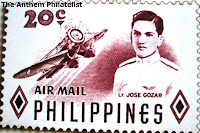President Carlos P. Garcia on Stamps

Carlos P. Garcia was born in Talibon, Bohol on November 4, 1896, to Policronio Garcia and Ambrosia Polistico. He studied in Cebu Provincial High School and Silliman University then Philippine Law School and graduated in 1923. Garcia was famous for his poetry in Bohol where he earned the nickname Prince of Visayan Poets. Garcia became a school teacher then a representative in the Philippine Congress in 1925. He was elected governor of Bohol in 1931 and re-elected 1940. Garcia became a senator in 1941. He was re-elected in 1945 and again in 1953. During the Japanese occupation , Garcia was an active member of the resistance. After the war, he was the one who missioned the Philippine Rehabilitation at War Damage claims in 1945 in the United States. Garcia was elected as vice-president in 1953 and was appointed Secretary of Foreign Affairs under President Ramon Magsaysay . He assumed the presidency the day after Magsaysay's death. After Garcia finished Magsaysay's term, ...


















